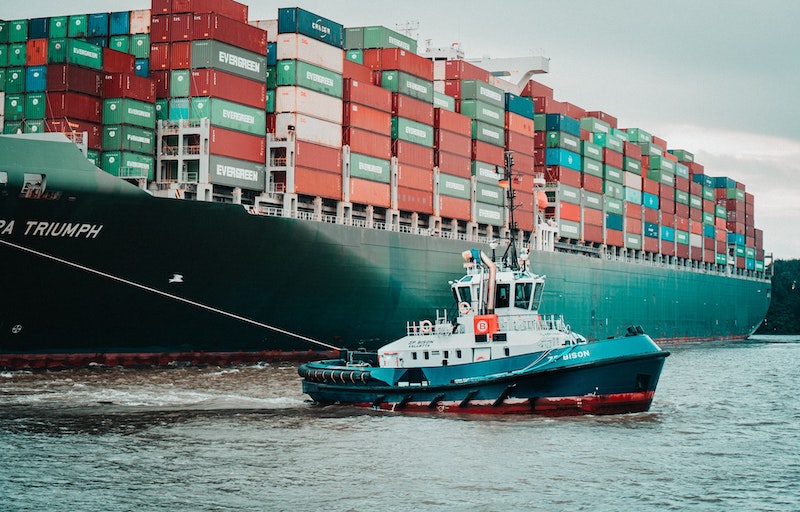The global supply chain has always been a vulnerable network due to the cross-country challenges, fluctuating demands, and uncertainty in essential structure. The pandemic exposed the shortcomings last year and the impact is still felt across businesses today. Here are the major supply chain challenges businesses are facing today that you need to overcome for a successful 2022:

Predicting demand
As businesses are adapting to the current global crisis, supply chains need to be rebuilt. The concept of a “just-in-time” manufacturing model has become obsolete. It is important to know where the risks are and how you can minimize the chances of disruptions in your supply chain. With the help of machine learning, you can accurately predict consumer demand based on historical data. This way, you’ll avoid getting stuck in a vicious cycle of high inventory costs, and delays and have the resources available to tackle disruptions.
Avoiding global chain issues
The global supply chain has been impacted by a series of issues. The biggest one is the pandemic. Businesses have traditionally outsourced procurement and manufacturing of goods to countries like China and Vietnam which were hit hard last year. As the factories shut down, the supply chain faced delays and acute labor shortages. On top of that, a series of storms in Southeast Asia has created port congestion in recent months.
As a business, you need to find ways to move away from supply chain bottlenecks. Planning ahead to predict rush periods, using automation to maintain inventory, and using local manufacturing and delivery partners can help you grow your business in 2022.
Compliance
When it comes to compliance and regulatory issues, businesses across the world face unique challenges and this is not restricted to GDPR only. The conversations regarding employee safety, environmental protection, cybersecurity, and product quality have made it mandatory for companies to be compliant with regulations. Businesses must have a strong understanding of the standards needed to be followed for a smooth expansion in new markets.
Integrating data
Supply chains are infamous for inefficiencies and lack of clarity. Data analysis can play a pivotal role in bringing order to the chaos and help owners make better decisions. Be it the last-mile delivery, overseas tax, or lead times, businesses must use multiple touchpoints to collect data and process them to find gaps in the supply chain and save cost. By integrating the insights gathered from past data, you can build a more resilient supply chain for your business.
Communication
Since the supply chain is a network consisting of multiple parties spread across different countries, miscommunication can creep in very easily. You must always provide clear, and written instructions to suppliers and factories and make sure they follow the schedule. The paperwork should include the scope of work, specifications, and timelines. Frequently ask for status reports to prevent surprises at the last moment. If you’re working with offshore suppliers, go one step ahead and translate instructions to break the language barrier.
Global supply chain issues are here to stay, but you can always shield your business and customers by following the above step and embracing a local-first approach.
Disclosure: We might earn commission from qualifying purchases. The commission help keep the rest of my content free, so thank you!



